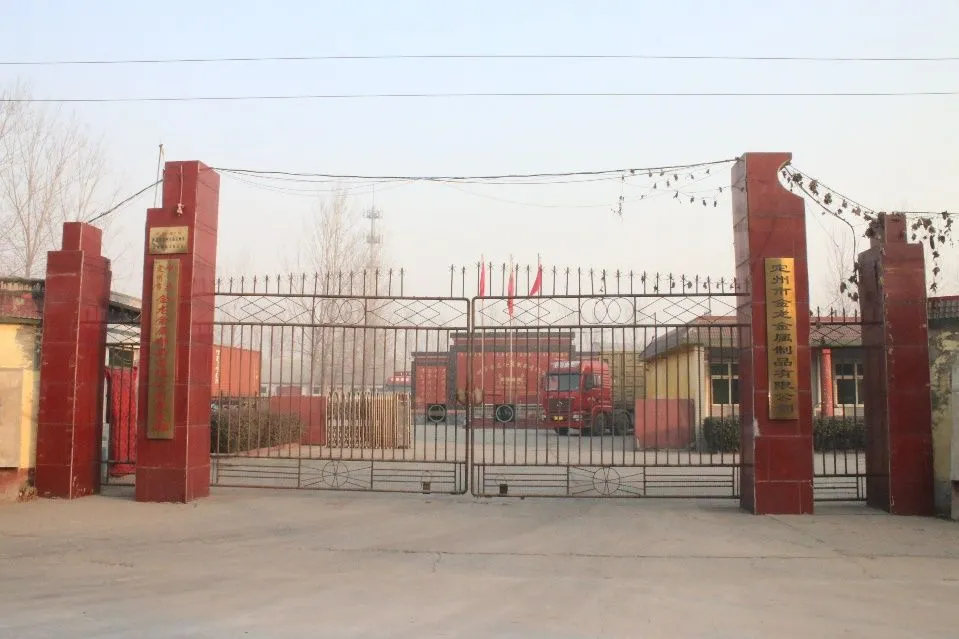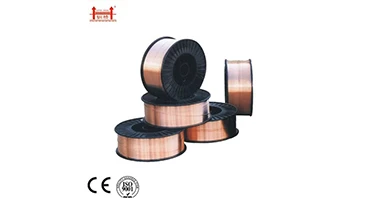electrode sizes for welding
Jan . 14, 2025 09:33
Choosing the right electrode size is critical in achieving successful welding outcomes. Experienced welders understand that the electrode size directly impacts the bead shape, penetration, and overall strength of a weld. This article explores the nuances of electrode sizes for welding, drawing upon real-world experience and authoritative knowledge to provide valuable insights for professional welders and DIY enthusiasts alike.
The thickness of the material being welded is another major factor in electrode selection. As a rule of thumb, the electrode should match the thickness of the metal being welded. For example, when welding a quarter-inch steel plate, a larger electrode, such as 5/32 inch in diameter, offers deep penetration and supports welding at higher amperages, thus providing stronger welds. Temperature and welding position also influence electrode size choice. For overhead or vertical positions, smaller electrodes provide better control and reduce the risk of sagging or dropping molten material. In these positions, lower currents are often necessary, further supporting the use of smaller electrodes. Experienced welders know the importance of trial and adjustment. Different welding machines can output varying current levels, even on the same setting, which necessitates testing electrode sizes under different machine settings to achieve optimal results. Documenting the settings and outcomes helps build a personal database that can act as a guide for future projects. Lastly, always consult the manufacturer's guidelines for electrode use, as they make tailored recommendations for each specific electrode based on rigorous testing and validation protocols. Trusting these guidelines ensures consistency, quality, and safety in welding tasks. By understanding and leveraging the dynamics of electrode sizes, welders can enhance their proficiency and produce stronger, more reliable welds across diverse projects. This knowledge stems from years of experience and is supported by technical expertise, ensuring welders meet the standards of authoritativeness and trustworthiness in their craft.


The thickness of the material being welded is another major factor in electrode selection. As a rule of thumb, the electrode should match the thickness of the metal being welded. For example, when welding a quarter-inch steel plate, a larger electrode, such as 5/32 inch in diameter, offers deep penetration and supports welding at higher amperages, thus providing stronger welds. Temperature and welding position also influence electrode size choice. For overhead or vertical positions, smaller electrodes provide better control and reduce the risk of sagging or dropping molten material. In these positions, lower currents are often necessary, further supporting the use of smaller electrodes. Experienced welders know the importance of trial and adjustment. Different welding machines can output varying current levels, even on the same setting, which necessitates testing electrode sizes under different machine settings to achieve optimal results. Documenting the settings and outcomes helps build a personal database that can act as a guide for future projects. Lastly, always consult the manufacturer's guidelines for electrode use, as they make tailored recommendations for each specific electrode based on rigorous testing and validation protocols. Trusting these guidelines ensures consistency, quality, and safety in welding tasks. By understanding and leveraging the dynamics of electrode sizes, welders can enhance their proficiency and produce stronger, more reliable welds across diverse projects. This knowledge stems from years of experience and is supported by technical expertise, ensuring welders meet the standards of authoritativeness and trustworthiness in their craft.
Related Video
Copyright © 2025 Dingzhou Jinlong Metal Production Co., Ltd. All Rights Reserved. Sitemap | Privacy Policy




























